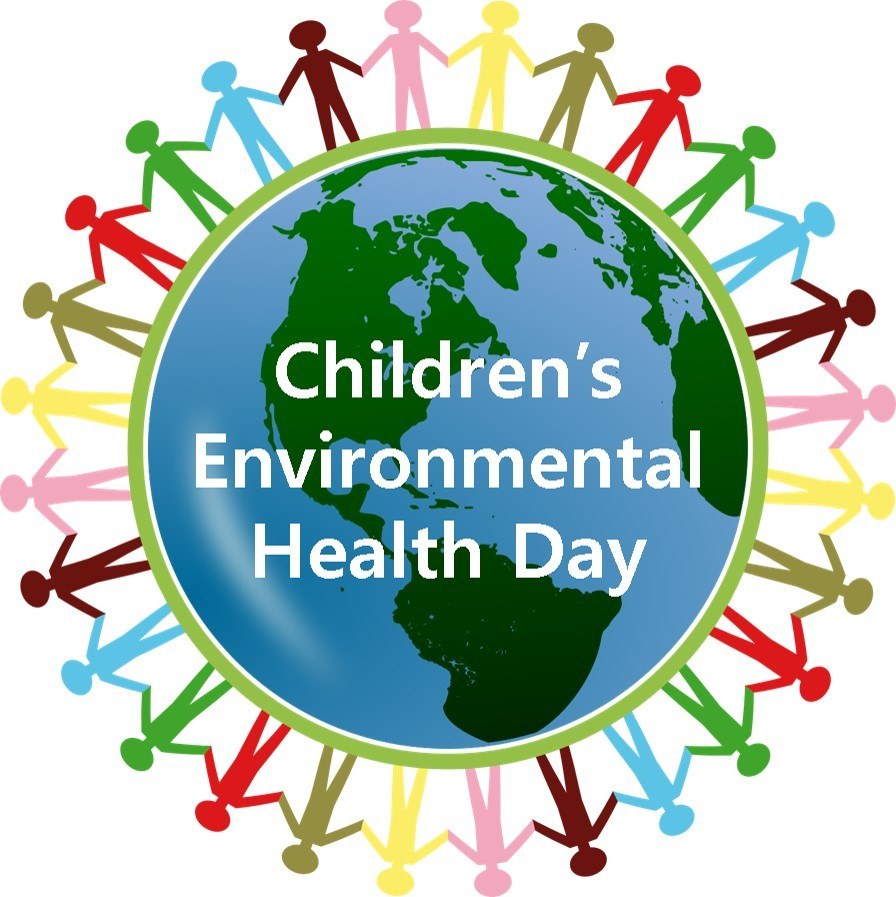Popular Categories
CDC Vital Signs: Frequency of HIV Testing, Time from Infection to Diagnosis Improve
The Centers for Disease Control and Prevention (CDC) released a new Vital Signs report today showing that people at risk for HIV are...
Nov 29, 2017 | Kim Rodgers
CDC Report: HIV Testing, Linkage to Care, and Partner Services for Women
A new report from the Centers for Disease Control and Prevention (CDC) found that diagnoses of HIV infection among women declined 17...
Nov 15, 2017 | Kim Rodgers
National HIV Curriculum: New Module on Co-Occurring Conditions
The AIDS Education & Training Center Program has released “Module 4: Co-Occurring Conditions” of the National HIV...
Nov 15, 2017 | Kim Rodgers
Dynavax Announces FDA Approval of HEPLISAV-B™ for Prevention of Hepatitis B in Adults
Dynavax Technologies Corporation announced that the U.S. Food & Drug Administration (FDA) has approved HEPLISAV-B [Hepatitis B...
Nov 10, 2017 | Kim Rodgers
Two Local Health Departments Awarded Funding to Fight Congenital Syphilis
The below information was originally included within a “Dear Colleague” letter from the Centers for Disease Control and...
Nov 07, 2017 | Kim Rodgers
CDC Report: Progress Toward Viral Hepatitis Elimination in the United States
The Centers for Disease Control and Prevention (CDC) recently released Progress Toward Viral Hepatitis Elimination in the United...
Nov 06, 2017 | Kim Rodgers
CDC Safe Healthcare Blog: 341 Days Without a C. difficile Infection
Clostridium difficile (C. difficile or C. diff) is the most common cause of healthcare-associated diarrhea in U.S. hospitals. Reducing...
Nov 06, 2017 | Kim Rodgers
Success Stories: Unite to End the HIV and Viral Hepatitis Epidemics
As part of this year’s Unite to End the HIV and Viral Hepatitis Epidemics Chair’s Challenge, the National Alliance of State and...
Nov 03, 2017 | Kim Rodgers
Interim Guidance for the Diagnosis, Evaluation, and Management of Infants with...
The Centers for Disease Control and Prevention (CDC) just published guidelines to support clinicians in diagnosing, evaluating, and...
Oct 20, 2017 | Kim Rodgers
CDC Vital Signs: Frequency of HIV Testing, Time from Infection to Diagnosis ImproveThe Centers for Disease Control and Prevention (CDC) released a new Vital Signs report today showing that people at risk for HIV are getting tested more frequently than in the past, and the amount of time Americans are living with HIV before finding out about their infection has gotten shorter. Key Findings Median time from HIV […] Nov 29, 2017 | Kim Rodgers |
CDC Report: HIV Testing, Linkage to Care, and Partner Services for WomenA new report from the Centers for Disease Control and Prevention (CDC) found that diagnoses of HIV infection among women declined 17 percent during 2011–2015, but a total of 7,498 women – 60% of whom are black – received a diagnosis of HIV infection in 2015. By the end of 2014, an estimated 255,900 women were […] Nov 15, 2017 | Kim Rodgers |
National HIV Curriculum: New Module on Co-Occurring ConditionsThe AIDS Education & Training Center Program has released “Module 4: Co-Occurring Conditions” of the National HIV Curriculum. AETC, in partnership with the University of Washington, produced the National HIV Curriculum with support from the Health Resources and Service Administration’s HIV/AIDS Bureau The module provides evidence-based recommendations for the evaluation and... Nov 15, 2017 | Kim Rodgers |
Dynavax Announces FDA Approval of HEPLISAV-B™ for Prevention of Hepatitis B in AdultsDynavax Technologies Corporation announced that the U.S. Food & Drug Administration (FDA) has approved HEPLISAV-B [Hepatitis B Vaccine, Recombinant (Adjuvanted)] for prevention of infection caused by all known subtypes of hepatitis B virus in adults age 18 years and older. HEPLISAV-B is the first new hepatitis B vaccine in the United States in more than […] Nov 10, 2017 | Kim Rodgers |
Two Local Health Departments Awarded Funding to Fight Congenital SyphilisThe below information was originally included within a “Dear Colleague” letter from the Centers for Disease Control and Prevention (CDC). Congenital syphilis (CS) has become an alarming problem that urgently requires awareness, attention, and action. Data from the most recent STD Surveillance Report found that the number of CS cases spiked for the fourth year […] Nov 07, 2017 | Kim Rodgers |
CDC Report: Progress Toward Viral Hepatitis Elimination in the United StatesThe Centers for Disease Control and Prevention (CDC) recently released Progress Toward Viral Hepatitis Elimination in the United States, an inaugural report highlighting the nation’s progress toward reducing the burden of hepatitis A virus (HAV), hepatitis B virus (HBV), and hepatitis C virus (HCV) infections. The report provides information on progress in the implementation of recommended... Nov 06, 2017 | Kim Rodgers |
CDC Safe Healthcare Blog: 341 Days Without a C. difficile InfectionClostridium difficile (C. difficile or C. diff) is the most common cause of healthcare-associated diarrhea in U.S. hospitals. Reducing healthcare-acquired C. difficile infections (CDIs) is a complex and evolving battle. Check out CDC’s Safe Healthcare Blog to learn how Mercy Health – St. Anne Hospital in Toledo, Ohio, reduced their C. Difficile infection rates to zero. The […] Nov 06, 2017 | Kim Rodgers |
Success Stories: Unite to End the HIV and Viral Hepatitis EpidemicsAs part of this year’s Unite to End the HIV and Viral Hepatitis Epidemics Chair’s Challenge, the National Alliance of State and Territorial AIDS Directors (NASTAD) released the second installment in a series of success stories collected from around the nation. This installment features programs from Michigan, North Carolina, and Philadelphia and highlights their health […] Nov 03, 2017 | Kim Rodgers |
Interim Guidance for the Diagnosis, Evaluation, and Management of Infants with Possible Congenital Zika Virus InfectionThe Centers for Disease Control and Prevention (CDC) just published guidelines to support clinicians in diagnosing, evaluating, and managing infants with possible congenital Zika virus. The revised guidance updates recommendations for the diagnosis, evaluation, and follow-up of infants in three main groups: infants with birth defects consistent with congenital Zika syndrome born to mothers with... Oct 20, 2017 | Kim Rodgers |

Subscribe Today
Sign Up for the E-mail Digests
Create an account or login to MyNACCHO and go to "My Subscriptions."
SUBSCRIBE NOW




